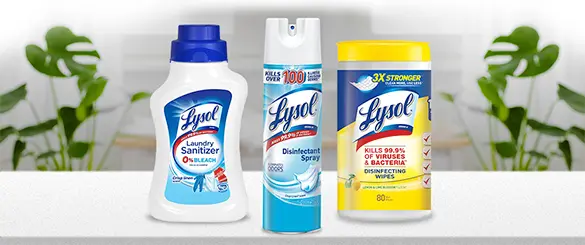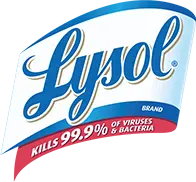Good Nutrition
Teach Kids About Nutrition with MyPlate Lesson Plan
Students will track their eating habits and discover how MyPlate can help them choose healthier snacks and meals for breakfast, lunch and dinner.
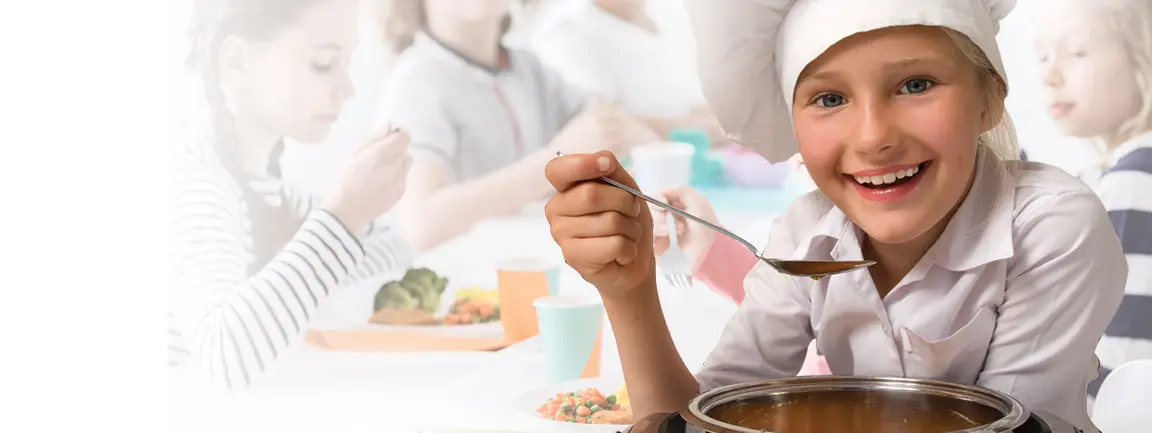
Goals and Skills
STUDENTS WILL:
- Explore the MyPlate icon
- Identify healthy food options within the five MyPlate food groups
- Track and evaluate personal behavior and set a healthy goal
- Create a MyPlate meal recipe
SUPPLIES AND PREPARATION:
- MyPlate icon**
- Chart paper
- Color markers: red, green, orange, purple, blue (to match the MyPlate colors)
- Art supplies (poster paper, color markers, crayons, markers, color pencils, glue sticks, tape, scissors, grocery store circulars, food magazines)
- Make copies of the student handout: MyPlate 3-Day Food Tracker (Page 5 of PDF)
BACKGROUND FOR TEACHER
Visit USDA’s website www.choosemyplate.gov to learn more about and download the MyPlate icon. You can print it out or use a projector. To learn more about healthy foods that belong in each food group, visit www.choosemyplate.gov/food-groups.
You can also download a two-sided and kid-friendly MyPlate poster here: https://www.fns.usda.gov/sites/default/files/eatsmartposter.pdf
Instruction Steps
MYPLATE KWL.
Start by displaying the MyPlate icon or poster. (Keep it on display for student reference throughout the various lesson steps.)
Have students work in pairs and use their notebooks to complete the first two parts of a KWL chart about the icon and the five food groups (“What do I KNOW?” and “What do I WANT to know?” The third part, “What have I LEARNED?” will be revisited as a reflection).
Regroup and open a MyPlate discussion with the class. Invite pairs to share what they know about the icon and/or the five food groups, and what they want to know. Keep track of their answers on the board or chart paper.
Next, create a classroom MyPlate Food Group Chart with five columns, one for each food group. Label each column’s title with the appropriate MyPlate color. As a class, have students brainstorm and categorize healthy foods that belong to each food group, using different colored markers for each column to correspond with MyPlate colors.
Start the list first without a reference; to enable students to expand upon it, pull up the list of foods in each food group from www.choosemyplate.gov/food-groups on a projector (or print it out in advance).
Complete the MyPlate classroom chart by adding a combination of foods that your students like as well as foods they have not yet tried to the list. (Leave the chart on display for reference during remaining lesson steps.)
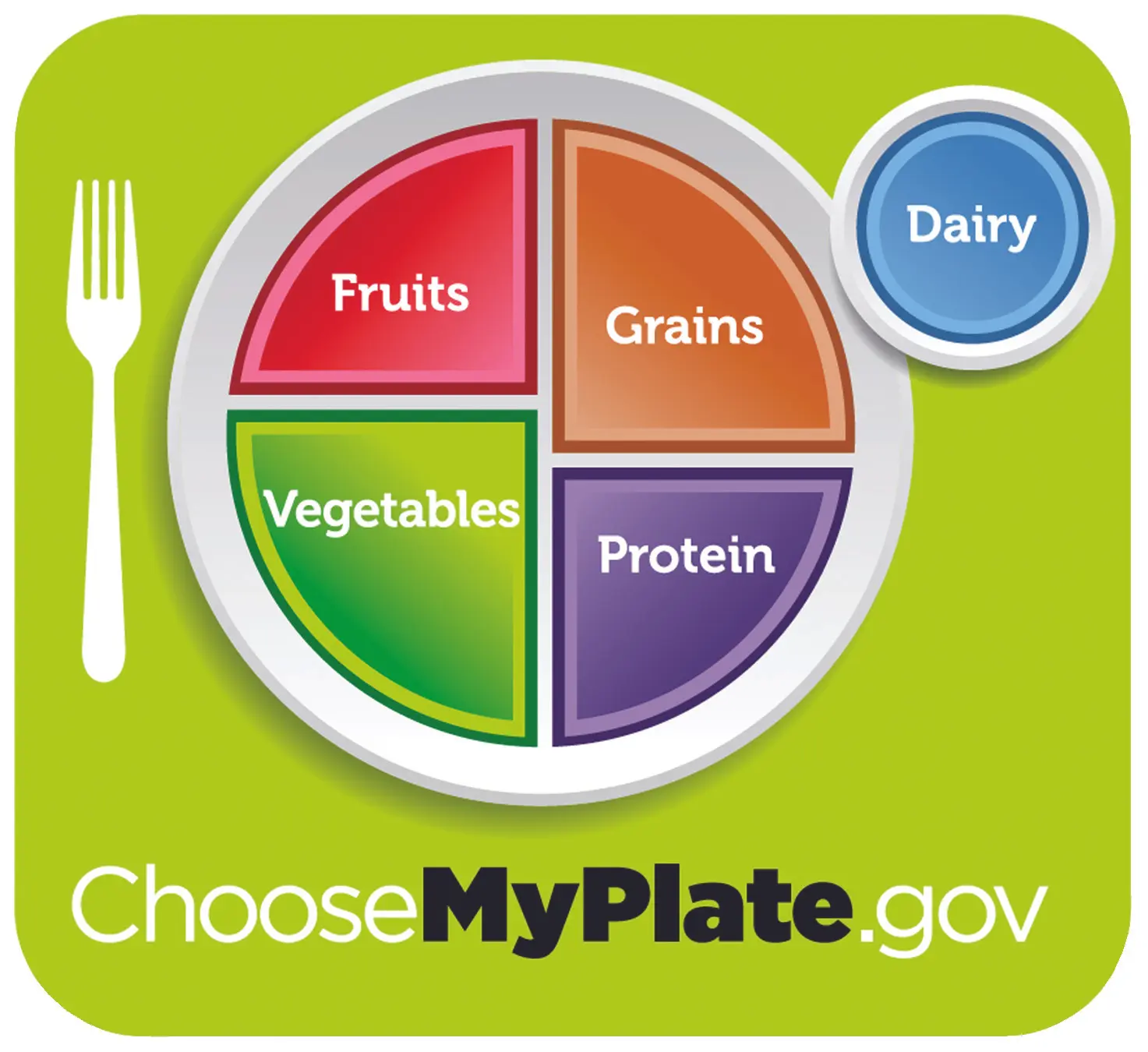
MYPLATE TRACKER.
Distribute one copy of the MyPlate 3-Day Food Tracker handout to each student. Explain that for the next three days, they are to track what they eat for breakfast, lunch, and dinner as well as all snacks.
During the three-day period, give students a few minutes each day to fill in their trackers. (At the end of the three days, they will evaluate their eating habits, set healthy goals, and reflect what they can do together as a class to eat healthier.)
TEAM MYPLATE CHEF CHALLENGE.
As a fun challenge to practice making healthy choices, students will collaborate in teams to come up with a healthy MyPlate lunch or snack recipe/meal plan.
Divide the class into teams of 4 to 5 students. To create their recipe or plan, they must choose at least one food from each food group. Encourage them to reference the MyPlate icon and the chart you created at the beginning of the lesson. Challenge teams to think about the combination of flavors.
If a food group can’t go in the dish itself, have them add it as a side item in their meal plan (for example, apple slices, carrot sticks or a glass of milk.) Once teams have decided upon a healthy recipe or meal plan, have them come up with a fun and catchy name for their dish!
As a final step, teams will create a poster to advertise their original recipes/ingredients. The poster should include the following information: recipe/dish title, a catchy and informative description, ingredients categorized by food group, and a picture.
For example: “Super Power Crunch Wrap” Check it out! This super wrap is packed with protein power and munchy-crunchy veggies. Grain: Whole-wheat tortilla Vegetables: cucumbers, red peppers, celery Protein: Grilled chicken Dairy: Cheddar cheese Fruit: Mango slices on the side
Invite them to use bright colors and descriptive words on their posters, to “sell” their recipes and make others want to try their creations. When they are finished, invite teams to present their work to the rest of the class, and then display posters around the school or in the cafeteria. You could also take and upload digital photos of each poster to create a MyPlate Chef Challenge slide show!
MYPLATE TRACKER - THE SEQUEL.
After three days, when students have completed the tracking activity, have them reflect on their habits and work together in pairs to set goals. Ask them to reflect on the following questions:
- Did I eat from the five food groups at least once every day?
- Did I eat from the five food groups at lunch and at dinner each day?
- What food group do I eat the most of?
- What food group do I eat the least of?
After a short discussion with their partners, have students write their answers in their notebooks.
GOAL SETTING.
After discussion evaluating their own behaviors with their partners, have each student set a personal healthy goal for applying MyPlate food groups to their own daily eating habits. What is my healthy food goal? What habits or support can I use to help me achieve my goal?
Explain that they should base their goal on trying and choosing the healthy food options they have discovered in previous activities and using MyPlate as a guide. Examples of goals could be trying vegetables they haven’t tried before; selecting fruits or vegetables as snacks; drinking lots of water
and having milk each day; and choosing oatmeal for breakfast…with healthy cereal toppings like nuts, seeds or berries!
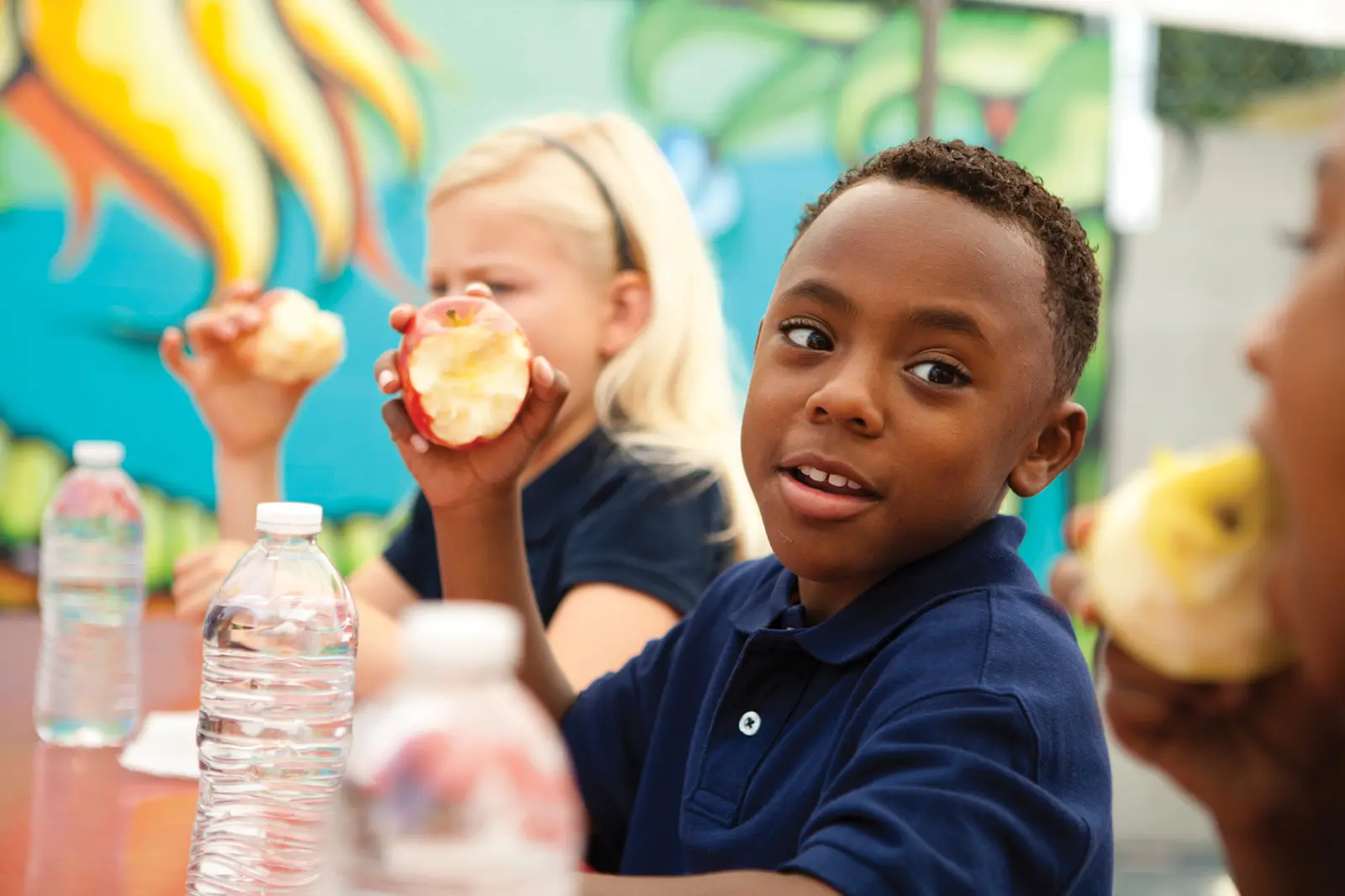
To help them stick to their goals, students should identify some things that can help them stay on track. For example: have a goal buddy to keep one another on track, bring extra fruit or vegetables for snack options if they tend to get hungry, avoid eating from the vending machine, and ask parents to provide healthier food options at home.
As a class, discuss the following:
- What food groups do we (as a class) eat the most often?
- Are there food groups we do not eat enough of?
- What healthy goals can we set as a class?
REFLECT.
As a final reflection, give students a few minutes to complete their KWL charts (started in the beginning of the lesson) individually, answering the last question: What have I LEARNED (from this lesson)? Tell students to be specific, and then invite volunteers to share with the class.
EXTEND THE LESSON.
Have students conduct a class or school-wide “Veggie Survey” of students’ favorite vegetables. Surveys can also gather information on why participants eat certain vegetables. Is it taste? Availability? Other reasons?
They can enter the results into a spreadsheet, calculate percentages, and create bar/pie/column graphs to visualize the data. Have them analyze and evaluate the results. Which veggies are the most popular? Which are the least consumed? What strategies could they come up with to encourage the school community to increase consumption of the least-consumed veggies?
HOME CONNECTION.
Have students bring their trackers home and share their healthy goals with parents. Share images and results of the Chef Challenge slide show on the class web page or at parent night along with images of the teams’ colorful posters.
DISCLAIMER:
Healthy Habits® is Presented by Lysol® in collaboration with NEA and National PTA
SOURCES:
Education Standards: (NHES) Health: 1.5.1, 1.5.2, 3.5.2, 4.5.1, 4.5.4, 5.5.5, 5.5.6, 6.5.1, 6.5.2, 8.5.2; (CCSS) English Language Arts: RI.4-5.4, W.4-5.4, SL.4-5.1, L.4-5.1, L.4-5.3; *(CCSS) Mathematics: 4.MD.B.4, 5.MD.B.2
For more resources, visit CDC – Be A Germ Stopper Poster
https://www.cdc.gov/handwashing/pdf/294906-handwashing-superhero-boy-p.pdf
https://www.cdc.gov/handwashing/pdf/294906-handwashing-superhero-girl-p.pdf
CDC – Healthy Schools Parent Engagement Materials https://www.cdc.gov/healthyschools/parentsforhealthyschools/p4hs.htm
CDC - BAM! Body and Mind https://www.cdc.gov/healthyschools/bam/teachers.htm
CDC - Handwashing Posters https://www.cdc.gov/handwashing/posters.html
CDC- Handwashing Stickers https://www.cdc.gov/handwashing/stickers.html
